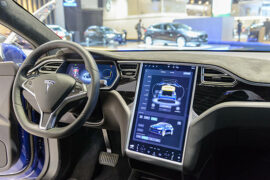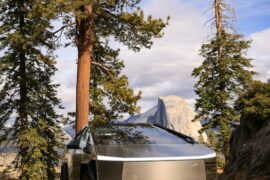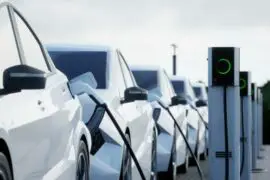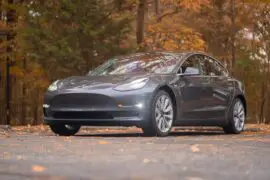Tesla has revolutionized the automotive industry with innovative electric vehicles offering impressive performance and eco-friendliness. With their increasing popularity, many people are curious about the technology behind these cars. One question that often arises is whether Tesla cars have transmissions like traditional gasoline-powered vehicles.
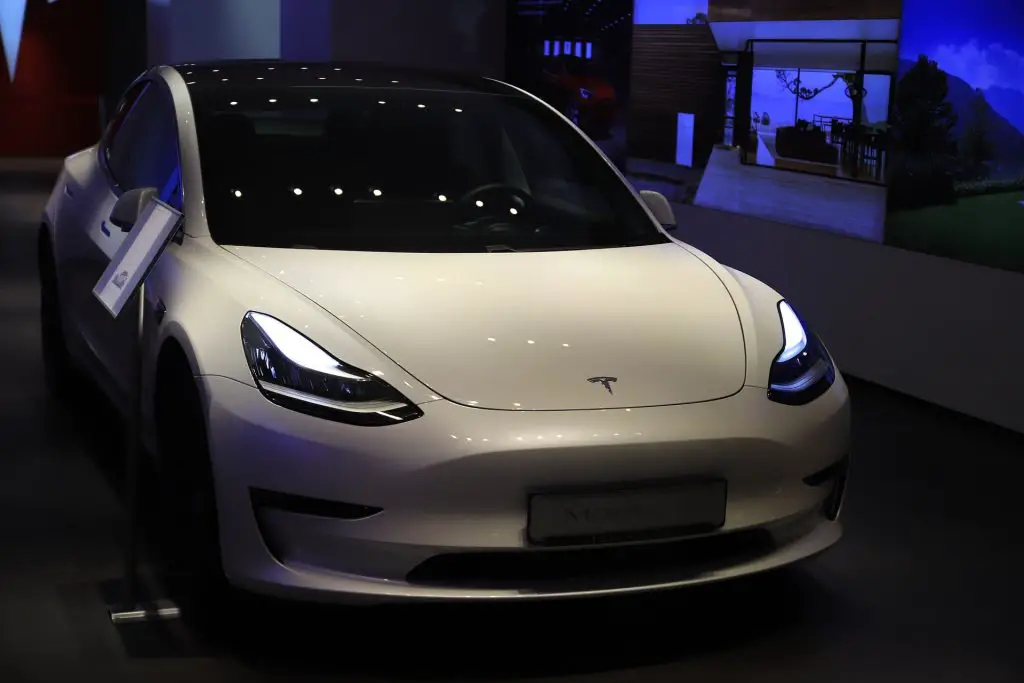
Understanding the transmission system in Tesla cars is important for anyone considering purchasing one of these vehicles. It affects the driving experience and performance, as well as the maintenance and repair of the car. In this article, we’ll take a closer look at the transmission system in Tesla cars, how it works, and its advantages over traditional transmissions.
So, do Tesla cars have transmissions? Let’s explore this question and uncover the fascinating technology behind these innovative vehicles.
Contents
Traditional Transmissions in Cars
Gasoline-powered cars use a complex mechanical system called a transmission to transfer power from the engine to the wheels. Traditional transmissions contain multiple gears that can be manually or automatically shifted to match the speed of the car to the engine’s RPMs.
A traditional transmission uses a series of gears and clutches to adjust the torque being delivered to the wheels. The transmission allows the engine to operate in its most efficient RPM range while allowing the wheels to turn at different speeds. By shifting gears, the transmission helps the car to accelerate or decelerate smoothly, allowing for better control over the vehicle.
However, traditional transmissions have several limitations. They are complex and require frequent maintenance, which can be expensive. Shifting gears can also cause a delay in acceleration, resulting in a less responsive driving experience. Additionally, traditional transmissions can be less fuel-efficient than electric cars, resulting in higher emissions and increased costs over time.
These limitations have led to the development of new transmission systems, such as the direct drive system used in Tesla cars.

Tesla’s Direct Drive System
Tesla’s electric vehicles use a direct drive system or a single-speed transmission to transfer power from the electric motor to the wheels. Unlike traditional transmissions, the direct drive system in Tesla vehicles is a simpler and more efficient design.
The direct drive system in Tesla cars works by using a single-gear ratio to transmit power from the motor to the wheels. The motor and the wheels are directly connected through a fixed gear ratio, eliminating the need for a complex gearbox. The direct drive system allows the electric motor to operate at peak efficiency, resulting in better performance and longer range.
There are several advantages to using a direct drive system in Tesla vehicles. Firstly, the direct drive system eliminates the need for shifting gears, resulting in a smoother and more responsive driving experience. The electric motor delivers instant torque, allowing for quick acceleration and high performance. Secondly, the direct drive system is much simpler than traditional transmissions, which reduces maintenance costs and increases the reliability of the vehicle. Lastly, the direct drive system is more efficient, resulting in better fuel economy and lower emissions.
Tesla’s Transmission System vs Traditional Car’s Transmission System
There are significant differences between Tesla’s direct drive system and traditional transmissions found in gasoline-powered cars. The most notable difference is the use of a fixed gear ratio in Tesla’s direct drive system, while traditional transmissions have multiple gears that can be shifted to adjust the power delivered to the wheels.
One of the main benefits of the direct drive system in Tesla vehicles is its simplicity. Traditional transmissions can be complex, with many gears and mechanical components that require maintenance. In contrast, the direct drive system in Tesla cars has fewer parts, making it more reliable and easier to maintain.
Another benefit of Tesla’s direct drive system is its efficiency. The electric motor delivers power directly to the wheels without the need for a gearbox, which reduces energy losses and increases the vehicle’s range. In contrast, traditional transmissions can lead to energy losses due to friction, which can result in reduced fuel efficiency and higher emissions.
Tesla’s direct drive system also provides a smoother and more responsive driving experience. The direct connection between the motor and the wheels allows for instant torque and acceleration, resulting in a quick and agile vehicle. Traditional transmissions can cause delays in acceleration due to the need to shift gears, leading to a less responsive driving experience.
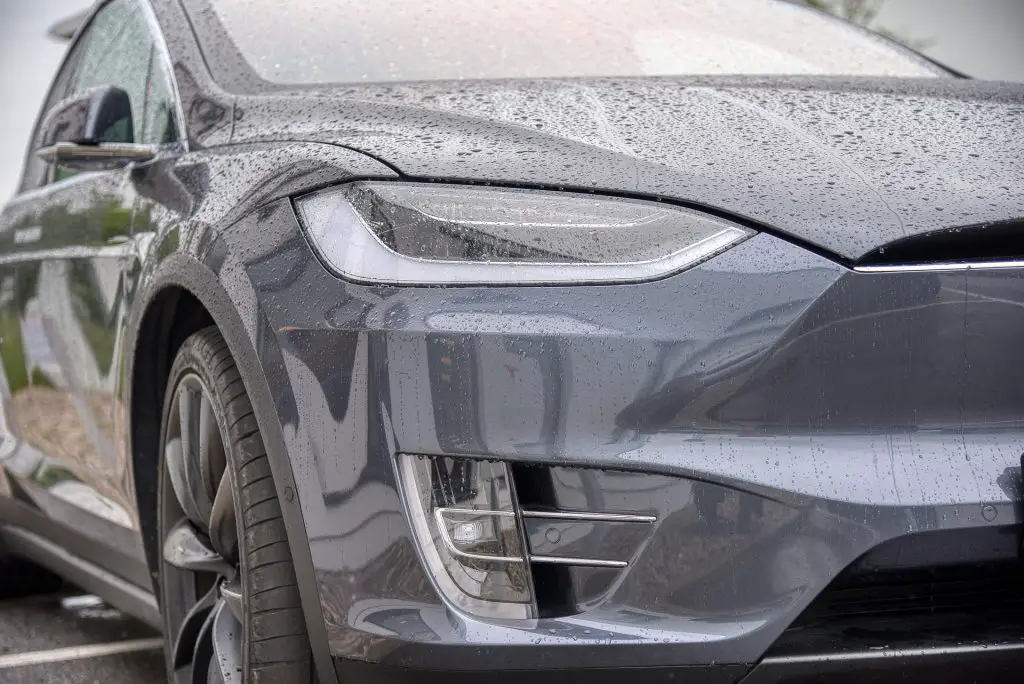
So, Do Tesla cars have Transmissions?
In conclusion, Tesla’s direct drive system is a revolutionary technology that has transformed the automotive industry. The system’s simplicity, efficiency, and performance make it a superior alternative to traditional transmissions. By eliminating the need for gears and reducing energy losses, the direct drive system provides a smoother and more responsive driving experience while improving fuel economy and reducing emissions.
Tesla’s innovative technology has had a significant impact on the automotive industry, paving the way for the widespread adoption of electric vehicles. With its focus on sustainability, performance, and cutting-edge design, Tesla has established itself as a leader in the automotive industry. As more car manufacturers adopt electric technology, it is clear that Tesla’s transmission system will continue to play a crucial role in shaping the future of transportation.
Want to know how to trade-in your car for a Tesla? Read it here.


